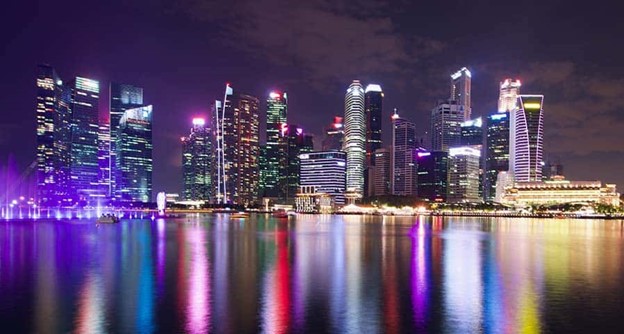Daylighting Controls & Daylight Savings: Optimizing Natural Light Through the…
Studies have shown that natural lighting has proven to improve workplaces by helping employees be more…

The business landscape is charging at a rapid pace as companies of all kinds look to adhere to the principle of the “triple bottom line”. We are no longer just looking at financial profits, but also the benefits to the planet the people who work and visit our facilities.
We are seeing significant investments in environmental sustainability and the wellness and safety of employees and visitors. These are no longer “nice to have factors” but “need to have” attributes that matter in terms of corporate standing, reputation, and employee retention and recruitment.
A recent report from Harvard Law School’s Forum on Corporate Governance has found the sustainability reporting for large companies around the world has become the norm. It sites factors ranging from the rise of the internet to climate change, and the increased expectations from stakeholders, consumers, investors, and regulators.
The number of LEED-certified buildings in the US increased from 296 projects to 67,200 between 2006 and 2018. Among the many aspects surrounding a buildings eligible points towards LEED certification, lighting pollution reduction is a main discerning factor.
With this in mind, the DesignLights Consortium (DLC) recently released an initial draft of the LED lighting specification for stakeholder comment. The initial draft looks at energy efficiency, quality, and controllability thresholds to identify and promote outdoor lighting that offers both energy efficiency and shielding the night sky from light pollution.
They are aimed at specifically identifying select outdoor lighting products that maximize energy savings while mitigating three main light pollution categories:
Click here to read the full article originally published in October 2021 on Facilities Net.
LED Lighting Conversion – 5 Questions to Answer Before Your LED Upgrade
Pros and Cons of Selectable Color Temperature and Wattage LEDs
The Cost of Waiting to Convert To LED
LED Lights Offer Potential Solution To Chronic Bycatch Problem in Alaska Fisheries
Lighting the Way to COVID-19 Recovery: The ROI of LED Technology
AI Meets LEDs for Innovations in Lighting Control